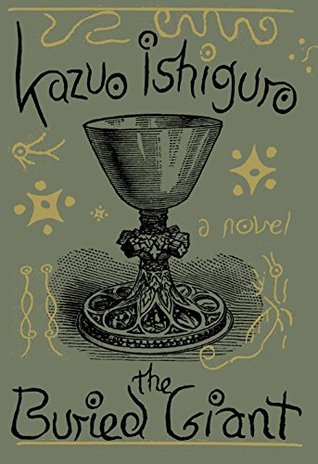FLOW (For Love of Water) interviews Jerry about his new book and what the sense of place means in northern Michigan now and in the future.
Jerry’s new book is out! Up North in Michigan: A Portrait of Place in Four Seasons is arriving in bookstores now and is already generating buzz. Listen to his interview on Michigan Public Radio. The illustration are by Glenn Wolff and are (of course) wonderful.
Jerry’s and Glenn’s latest limited-edition print, “Opening Night” is still available at Big Maple Press. Check out their others, as well, including “Bohemian Rhapsody,” , “Ruby-Crowned Kinglet”, and the four-seasons-on-Lake-Michigan series. (We’d be happy to notify you in advance when new work is forthcoming from Big Maple Press, just click on this link and we’ll add you to the mailing list…)
The Living Great Lakes audiobook is now available in all the usual places, in both digital and CD versions. Thanks to SoundCommentary.com for this terrific review…
Jerry was honored to be the inaugural author in the Great Lakes Author Series produced by Great Lakes Now and Detroit Public TV, who are doing important work on raising awareness about issues facing the Great Lakes and Michigan….
Many thanks to Keith Taylor and “Stateside” on Michigan Radio for the fine review of A Walk in the Animal Kingdom….
While we’re tooting our own horn, a 5-star review of A Walk in the Animal Kingdom came our way (and another, here). The three titles in the Wonders of Nature Series are available at our favorite independent bookstores. If you can’t get to an indie store, visit the newly revamped and user-friendly Big Maple Press website .
We hope you’ll sign up at the bottom of this page for Jerry’s monthly newsletter, which offers observations on the seasons, updates on works in progress, and insights about the writing life. We promise your address is secure and we will never share it.




7 Replies